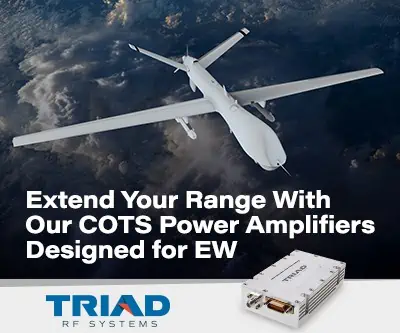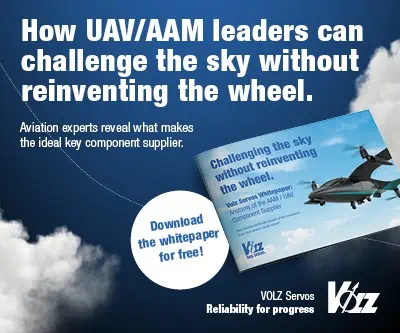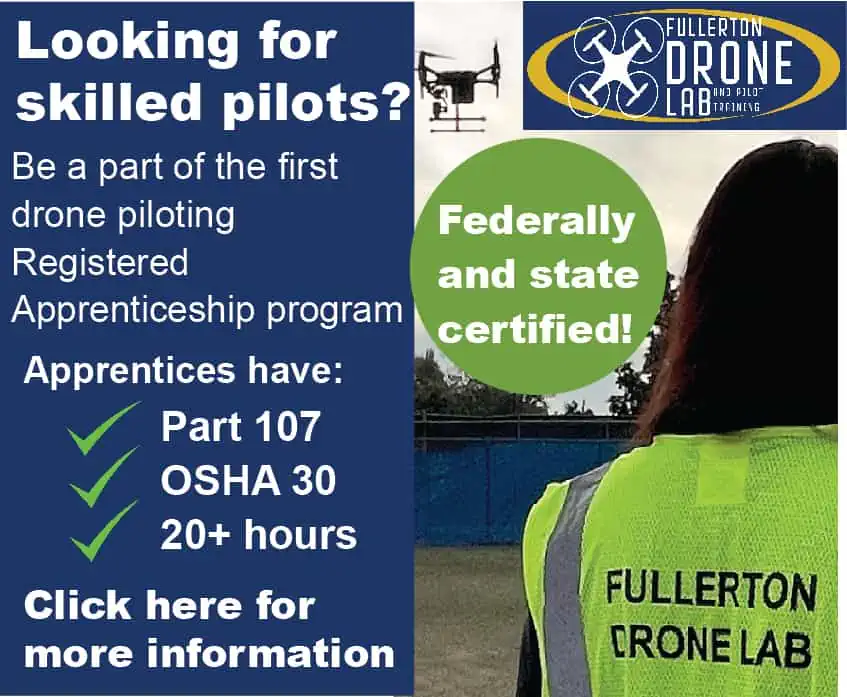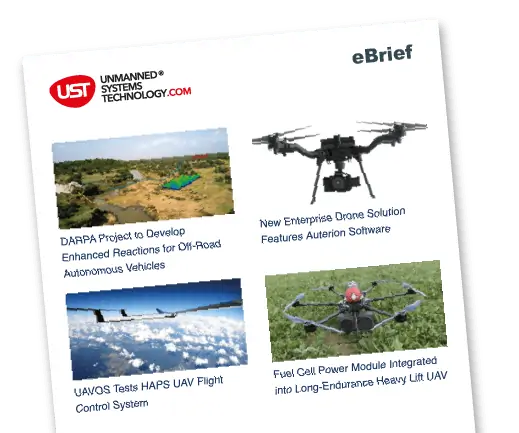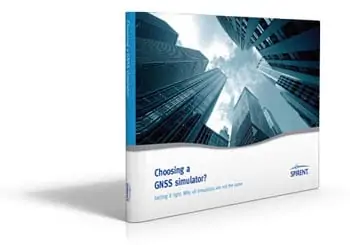 Many drones rely on global navigation satellite systems to fly an accurate course, in this article Spirent highlight some GPS test considerations that UAV designers should take into account.
Many drones rely on global navigation satellite systems to fly an accurate course, in this article Spirent highlight some GPS test considerations that UAV designers should take into account.
Developers of UAV systems need to consider factors such as positioning, safety and robustness when selecting and integrating satellite positioning (GNSS) receivers for their devices. Download the full eBook (free) produced by Spirent.
Manufacturers need to know their chosen system will deliver the required level of performance for the target market and should consider the following tests when selecting or designing a satellite positioning receiver for a UAV:
1. Compliance
UAVs are becoming increasingly subject to new standards and regulations, such as “no-drone zones” based on geo-fencing technology around airports and public spaces.
Key questions for manufacturers include: How well will the drone adhere to existing and new regulations? What will it do if it’s flown near a no-drone zone, for example? How will its navigation system respond when it reaches maximum legal altitude? What if it departs from its operator’s line of sight?
Simulating and testing such scenarios in the lab will ensure that any in-built compliance features will work as expected in the real world – protecting customers from fines and penalties, and ensuring the UAV does not illegally compromise the safety and privacy of others.
2. Accuracy
For amateur drone operators, precise positioning may not be necessary. But for manufacturers looking to supply specialist, high-end UAVs for military, survey or public safety purposes, anything less than sub-meter precision could put lives at risk.
Similary, commercial and medical delivery drones need to be able to rely on accurate, continuous positioning to reach their intended destination efficiently. That means ensuring the UAV can navigate effectively along a set of pre-programmed waypoints; accurately course-correct if anything untoward happens; know when it’s reached the intended destination; and behave appropriately upon arrival.
Since GPS and other GNSS signals are extremely weak, and drones are susceptible to all kinds of physical risks, there are a great many scenarios in which the drone could lose its satellite positioning fix. Knowing how the drone will respond in such conditions (can it continue to fly an accurate course using data from onboard dead reckoning sensors, how quickly can it regain a position, will it fly home if its battery starts to fade, during bad GPS reception – will alarms be activated and ease back into correct mode, etc.) is essential to delivering a commercially viable product.
That requires extensive testing to characterize its likely performance in the real world, and to choose the right combination of GNSS positioning chips and antennas to ensure adequate performance.
3. Interference
Interference poses another important set of test considerations for drone manufacturers. The relatively weak GNSS signals makes them extremely vulnerable to interference of all kinds – including, from telecommunication radio signals, power systems, and deliberate or accidental jamming from man-made devices. If GPS data is interfered with, this can cause loss of control and flyaways.
Conscientious manufacturers will want to test how the receiver copes with a wide range of interference types – especially if the UAV needs to be highly resilient. Considerations may include:
- Can the UAV tell its being jammed, and if so, does it respond with correct notifications appropriately?
- Can it “fail over” to a second satellite system (e.g. GLONASS) if the first (e.g. GPS) is jammed?
- Can the UAV continue to navigate using sensor data if there is a GNSS outage?
Answering these questions will require extensive simulation of interference scenarios in the lab.
4. Errors
In clear skies, there will be no problems with a static receiver but for drones, there are a number of possible errors with that need to be thought through before deployment:
- Solar weather can cause blackouts and atmospheric errors causing GNSS signals to refract will cause inaccuracies.
- Environment will play a factor such as buildings, hills or even water can cause signals to be obscured or arrive much later leading to multipath errors.
- Antenna position and type of GPS antenna integrated is critical. The use of hemispherical antennas can cause loss of signal when drone becomes inverted from antenna pattern effects.
- Electromagnetic shields or noise from other internal receivers will also be problematic. Some high-end drones use multi-frequency antennas for more accurate positioning.
- Multi rotor devices require a stable position in three-dimensional space, maintaining altitude and position. GNSS can help to maintain positions in windy conditions but during normal operation, the attitude (roll, pitch, yaw) needs to be taken into account to check if typical movements will affect GPS signal reception.
To understand how a drone’s GNSS receiver will respond to these challenges, manufacturers need to test the complete spectrum of scenarios – repeatably, affordably and efficiently in lab-based simulations. Of course, live-sky field testing can also play an important role in understanding real-world performance, later in the developement cycle.
Test solutions with a full set of simulation (simulators) and replay (record and playback) capabilities let you understand the performance capabilities of your drone’s GNSS receiver in an infinite array of conditions. To learn more about selecting a GNSS Simulator, download this free eBook produced by Spirent.





